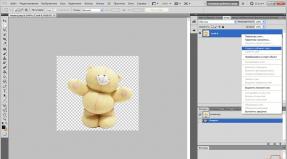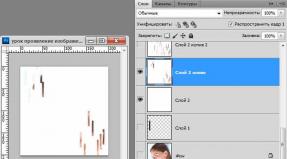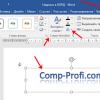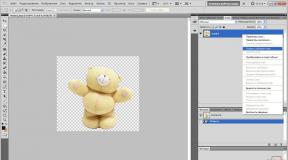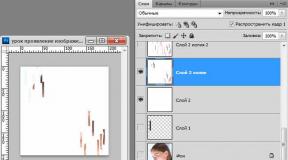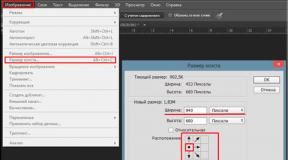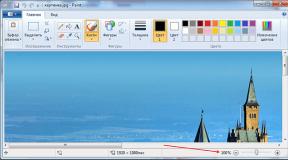How to rename photos and change attributes by shooting date from EXIF
It is much more convenient to store photo files renamed by the date of shooting. It’s easy to navigate when a photo is taken; you can immediately open or copy the photos you need without scrolling through everything and without looking at the thumbnails. The only thing you need is to learn how to rename photos automatically, because renaming each file individually is problematic.
EXIF is additional information that is included in almost every photo. Cameras automatically add it and, in addition to the date and time, there may be various information there - from shooting modes to the coordinates of the shooting location, if such a function is supported by the camera.
To work with files, we need the popular Total Commander file manager and the exif plugin for it. Using the plugin we can do exif rename. The plugin can be downloaded from the official website of the program. To install the plugin, just find it in one of the Total Commander panels and double-click on it with the left mouse button. After this, a window will appear asking for installation in which you need to click “Yes”
Before starting experiments, it is better to copy photo files to a separate folder and work with copies so as not to damage the original photos dear to your heart.

Select all the photos and select “Group renaming”

We remove everything from the “File name mask” line. Click on the plugin button and select the use of the original date, as shown in the picture. Please note that you need to select not just a date for insertion, but the “original date” string.

In the “New name” column we will see what result we will have in the end.
Naturally, many photos can have the same date, and all files must have a unique name. Therefore, at the end of the line “Mask for file name” we add a dash or underscore and, similarly to inserting the date described above, add the original time. You can set your own separators between date, month, year and time, but only those characters that can be in the file name. For example, parentheses are allowed, but colons are not allowed.

We press the execute button and if there are photographs taken in one second, for example a series of photographs, we receive a warning about matching names.

Click “YES” and receive a message that not all files have been renamed. Click “Ok” Agreeing with this.

If there are not many files with the same dates, add _1 to the end of the “File name mask” line and rename it again, then add _2 and so on. The numbers 1, 2, 3 and so on will be added to photos with the same time down to the second.
If you have a professional camera and there are many files in a series with the same time down to the second, instead of entering the number manually, you can press the “Counter” button. Then repeated photos are numbered automatically, but all at once. Those. for example, to the first ten photos with the same date up to a second will be added from 1 to 10, to the second series from 11 to 20, etc.
For the lazy, a ready-made line:
[=exif.DateOriginal.Y-M-D]_[=exif.TimeOriginal.h-m-s]
In addition to renaming files, you can set the date and time from EXIF for file attributes - to change the time of creation and modification.
This is useful when photos have been edited. For example, you shoot in RAW format. After editing in Photoshop or another program, you get a file whose date will naturally correspond to the date of editing.

To set the attributes, select all the files again and select the command change attributes and make the settings as in the picture.

As a result, we automatically changed the name and date of a group of files to a date taken from the EXIF properties of these files.

